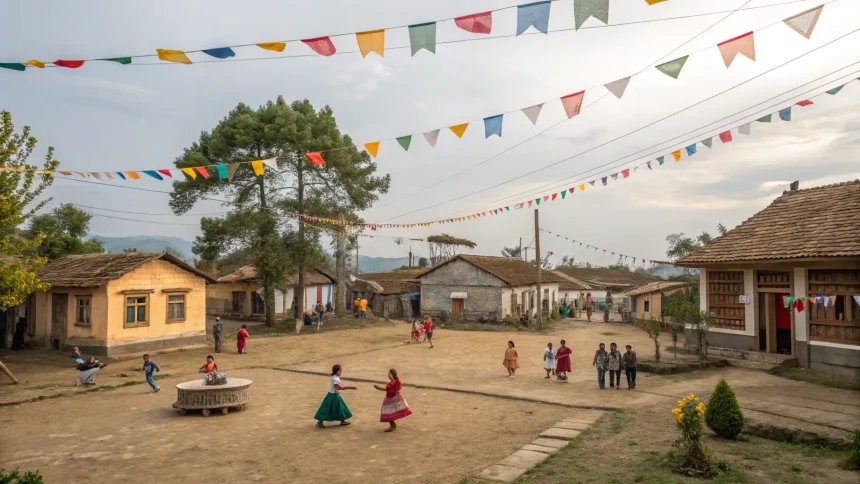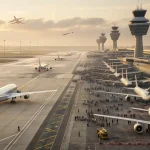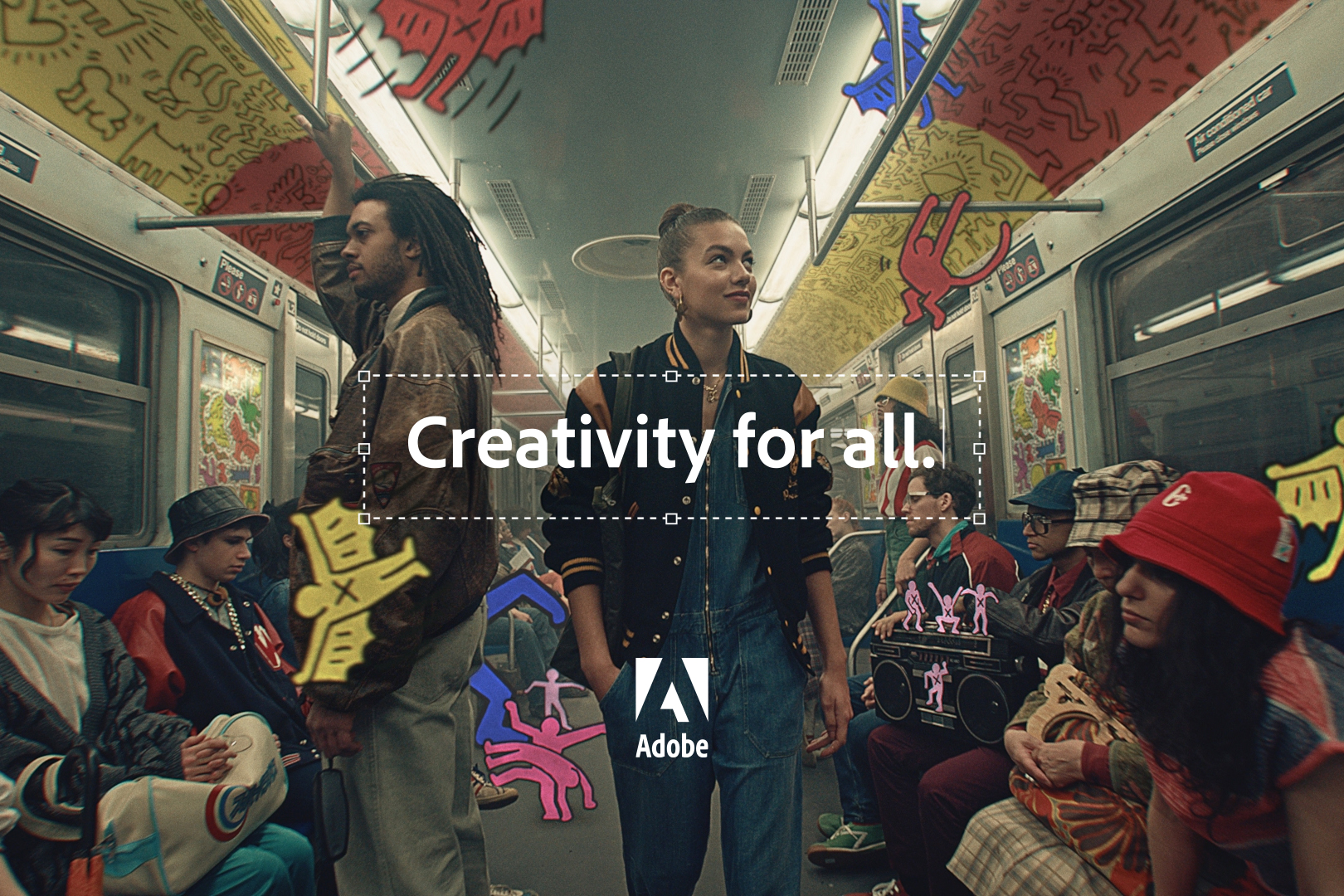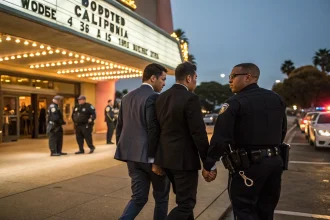National Geographic photographer Keith Ladzinski is making a case for looking past the glow of big city skylines. In a recent talk, he highlighted the rewards travelers and locals can find by seeking out activities, arts, and culture in smaller communities. His message comes as audiences search for fresh experiences and more grounded stories.
Ladzinski, known for fieldwork that often starts away from the usual hotspots, argues that some of the richest stories live off the main stage. He is urging audiences to widen their focus at a time when tourism and media coverage often cluster in a few marquee destinations. The push is timely, as many regional arts groups work to rebuild audiences and revenue after years of disruption.
Finding Stories Off the Main Stage
Ladzinski’s central point is simple: attention tends to pool in large metros, but it doesn’t have to. He suggests that smaller towns and rural hubs hold arts scenes with grit and personality, from pop-up galleries to music nights in converted warehouses. These places are not just stopovers. They are the setting for original work and local pride.
“National Geographic photographer Keith Ladzinski shares the wins that come from exploring activities, arts and culture beyond the big city lights.”
He frames those “wins” as creative discovery, conversation with locals, and a better sense of place. The locations may be quieter, but the stories can be louder, especially when artists and audiences meet on equal footing.
Why Small Scenes Matter
Smaller venues often provide access that can be hard to find in big-ticket districts. Emerging artists may be more reachable. Curators and organizers may invite visitors into the process. That proximity can spark collaboration, fresh reporting, and unexpected visuals.
There is also an economic angle. Regional festivals, community theaters, and local galleries support jobs and keep spending close to home. When travel and coverage spread out, more towns have a shot at sustaining their cultural life. Ladzinski’s nudge aligns with efforts by local arts councils working to draw visitors for weekend events rather than once-a-year blowouts.
What This Means for Travelers and Creators
For travelers, the message lands as practical advice: skip the crowded marquee when it feels stale and try the secondary listings. For photographers and reporters, it’s a reminder to survey the quiet corners, where access and time can lead to better storytelling.
- Visit independent galleries and co-ops that feature regional artists.
- Check community calendars for open-mic nights and small festivals.
- Talk with librarians, baristas, and park rangers about local events.
- Plan shoots at off-peak hours to meet artists where they work.
This approach can yield more than a good itinerary. It can surface narratives that national outlets miss and help creators build long-term relationships on the ground.
Balancing the Spotlight
There is a caution here. Moving audiences outside major hubs should avoid creating new pressure points. Communities want visitors who respect local norms, pay artists fairly, and share credit. Ladzinski’s framing suggests a slower, more attentive kind of travel and reporting, built on listening rather than spectacle.
The payoff is shared. Artists gain visibility and sales. Visitors leave with stories that feel earned. Photographers find scenes that are less staged and more revealing. That balance—attention without overcrowding—can keep culture vibrant across a wider map.
Ladzinski’s call is clear and workable: the next striking image or memorable show might be an hour’s drive from a capital, not in it. His view points to a simple shift in habit—spend more time on side streets and in community halls. For readers and travelers, the takeaway is to look where the guidebooks are thin. The next season will test whether audiences follow that lead and help spread the light to new stages.









